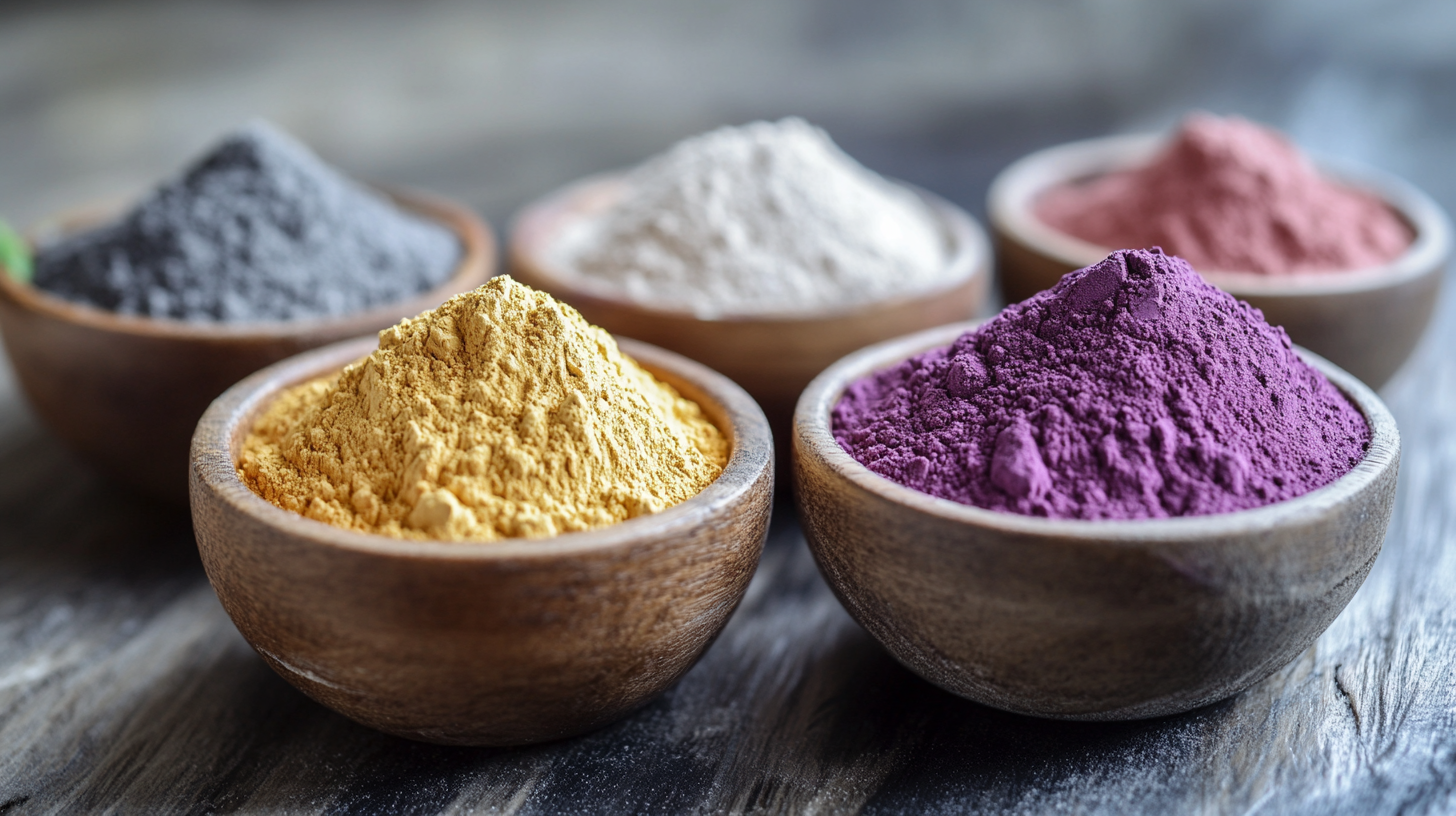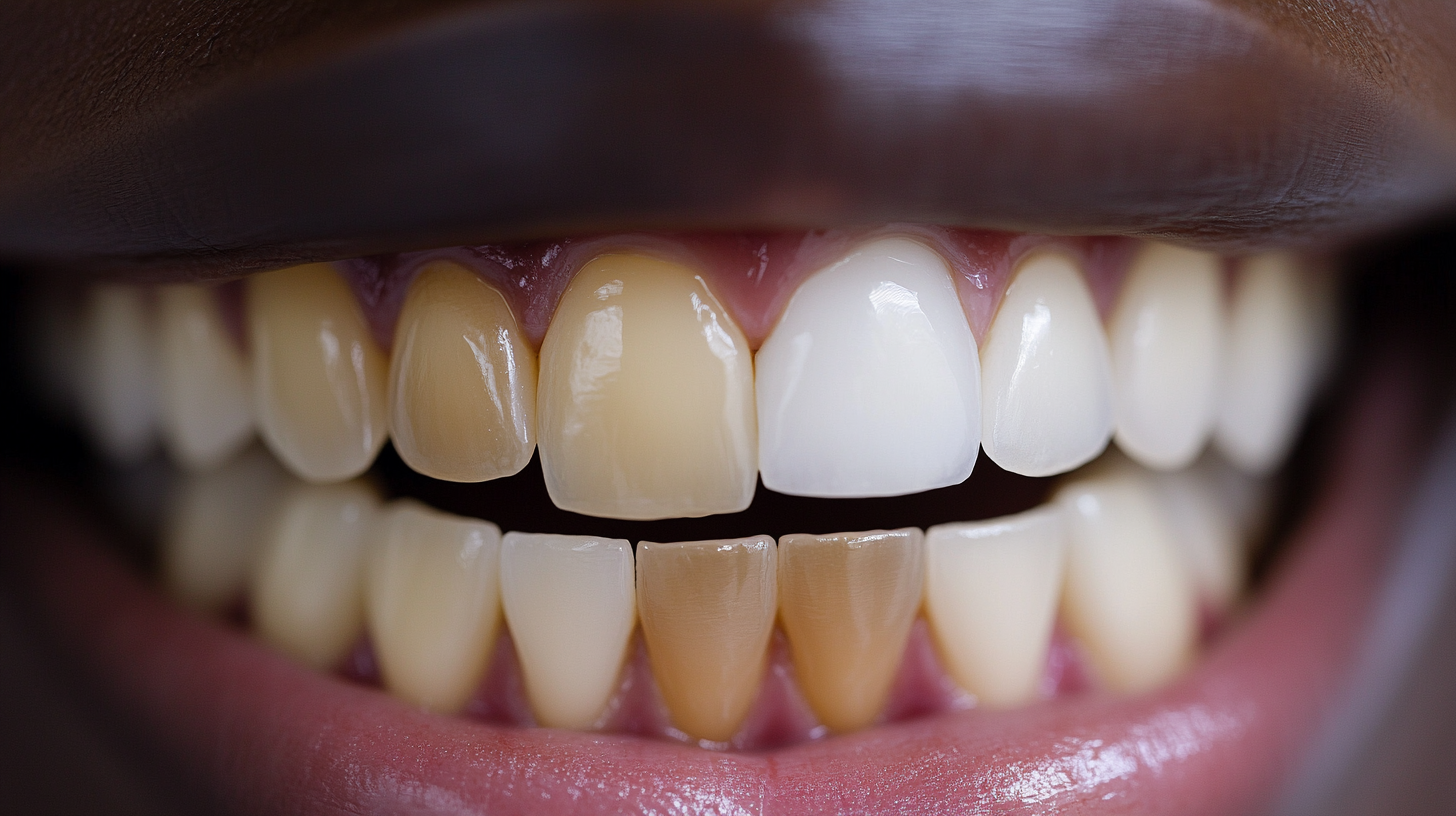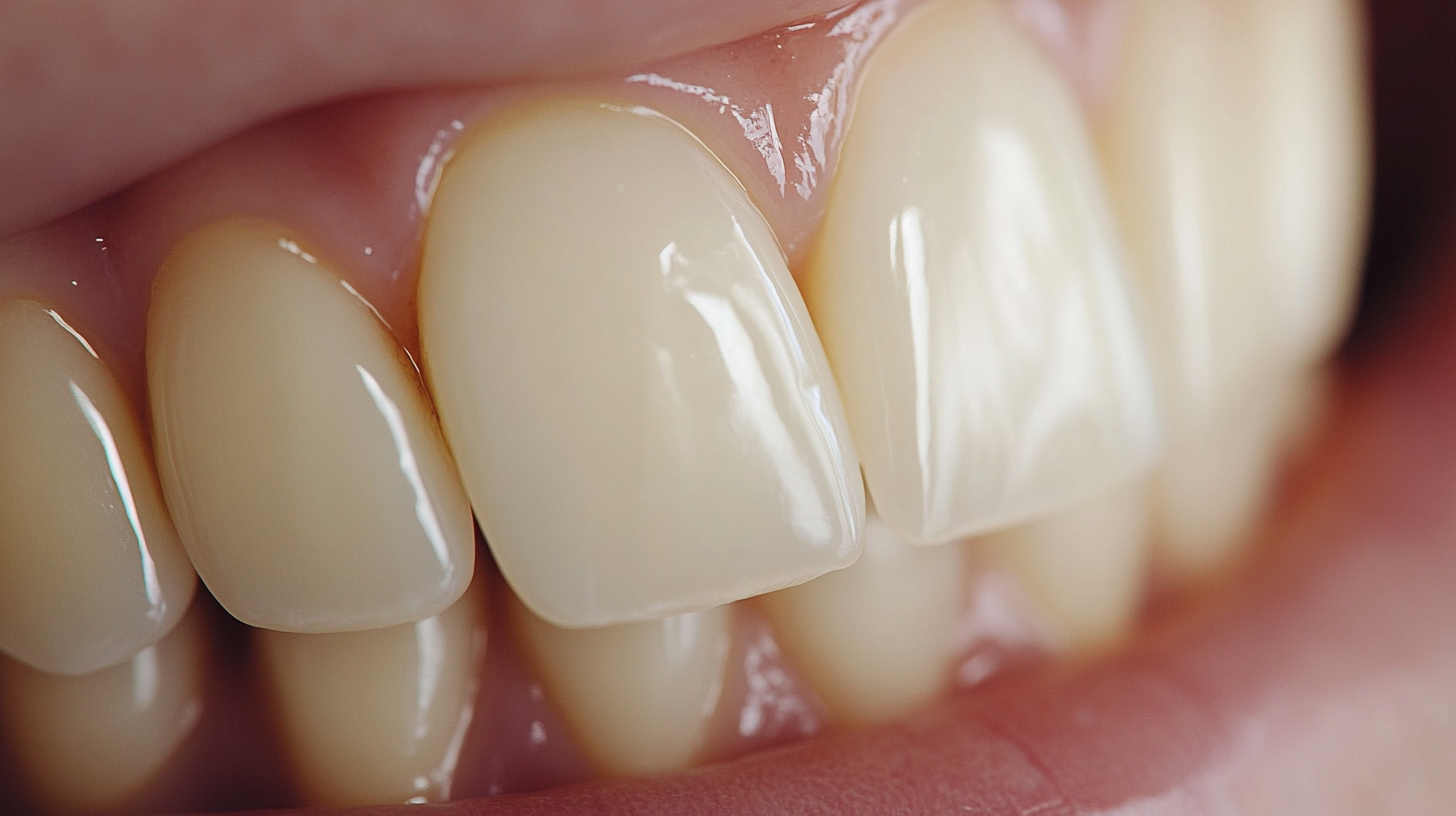Unlock the Secrets to Choosing Effective Teeth Whitening Powders for Global Markets
In the quest for a bright, confident smile, teeth whitening powders have gained immense popularity across global markets. These products promise to enhance dental aesthetics effectively, yet the vast variety available can often leave consumers bewildered. Understanding the fundamental aspects of choosing effective teeth whitening powders is crucial not only for individual users but also for businesses aiming to cater to this booming market. With diverse formulations, ranging from natural ingredients to advanced chemical compounds, it’s essential to identify what works best for different demographics and preferences. This blog aims to unlock the secrets behind selecting the most effective teeth whitening powders, offering insights into ingredient transparency, market trends, and consumer needs. By exploring these elements, readers will be equipped with the knowledge to make informed decisions, whether they’re seeking a radiant smile or planning to launch a successful product line in the competitive world of dental care.

Understanding the Global Demand for Teeth Whitening Powders
The global market for teeth whitening powders is experiencing a significant surge, primarily driven by increasing consumer awareness regarding oral aesthetics. It is projected that the teeth whitening products market will reach an anticipated size of USD 10.6 billion by 2031. This growth reflects a broader trend in the oral healthcare industry, which has seen a market size expansion to 128.5 billion yuan in China alone. As approximately 33.8 percent of the global market, China's demand signifies a robust appetite for effective teeth whitening solutions.
Amid this rising demand, it is crucial for consumers to understand the variety of options available. While traditional whitening toothpastes are generally regarded as safe, overuse could lead to adverse effects, including potential damage to dental enamel and irritation of the gums. This highlights the importance of making informed choices based on individual needs, whether through gels, powders, or specialized kits. The role of active ingredients like hydrogen peroxide in tooth bleaching continues to be a focal point in both commercial products and consumer preferences. As the market evolves, educating consumers on safe and effective products remains essential for maximizing the benefits of teeth whitening solutions.

Key Ingredients to Look for in Effective Whitening Powders
When selecting effective teeth whitening powders for global markets, it's essential to focus on key ingredients that are scientifically proven to enhance whitening results while being safe for dental health. One of the most significant ingredients to consider is hydrogen peroxide, which is recognized for its bleaching properties. Research indicates that products containing a concentration of 3% to 10% hydrogen peroxide can effectively remove stains caused by common beverages like coffee and red wine, making them a popular choice among consumers seeking a brighter smile.
Moreover, the recent popularity of various teeth whitening products highlights the demand for effective formulas. The market has seen a surge in interest, with a 20% increase in sales of teeth whitening products reported in recent studies. Ingredients like activated charcoal and baking soda are also commonly included in whitening powders, appealing to those who prefer options that are perceived as natural. However, it is crucial to be cautious, as some whitening agents may lead to tooth sensitivity if used excessively. Understanding the balance between efficacy and safety is vital for both manufacturers and consumers in the global market.

Comparative Analysis of Popular Teeth Whitening Brands Worldwide
The global teeth whitening market is experiencing significant growth, projected to reach USD 12.03 billion by 2032, according to recent analyses. This robust market expansion is driven by increasing consumer awareness of oral hygiene and aesthetic preferences. Among the various products available, teeth whitening powders are capturing considerable attention, particularly in comparative studies across diverse brands and markets worldwide. Effectiveness and safety are critical considerations for consumers, making the analysis of these products essential.
Research indicates that over-the-counter whitening products, many containing common bleaching agents like hydrogen peroxide, can effectively enhance tooth color. However, studies suggest potential adverse effects on dental tissues, necessitating a careful evaluation of product safety and efficacy. Furthermore, emerging trends in nanotechnology are transforming formulation strategies, offering enhanced remineralization and brightening effects while mitigating sensitivity. Understanding these factors will guide consumers in selecting the right teeth whitening powders that not only meet their aesthetic desires but also maintain oral health.
Comparative Analysis of Popular Teeth Whitening Brands Worldwide
Targeting Specific Markets: Customizing Products for Local Preferences
When it comes to teeth whitening powders, catering to local preferences is crucial for success in global markets. Different regions have varying cultural perceptions about beauty and oral hygiene, which greatly influence consumer choices. For instance, in Western markets, consumers often prioritize quick results and easy application, leading to a preference for whitening powders that promise instant effectiveness. In contrast, markets in Asia may lean towards products that emphasize natural ingredients and holistic health benefits, reflecting a broader trend towards wellness and sustainability.
Understanding these nuances allows brands to customize their formulations and marketing strategies effectively. For example, a teeth whitening powder targeted at the Middle Eastern market might include additional ingredients that align with local beauty traditions, while also highlighting performance metrics that appeal to modern consumers. Packaging can also be tailored to meet cultural expectations, incorporating aesthetically pleasing designs or even multilingual labels that resonate with local buyers. By prioritizing regional preferences, brands can not only enhance customer satisfaction but also strengthen their market presence across diverse cultures.
Regulatory Guidelines for Teeth Whitening Powders in Different Regions
When navigating the global market for teeth whitening powders, understanding the regulatory guidelines in different regions is paramount. These regulations not only influence product formulation but also impact marketing strategies and consumer safety. For instance, the European Union has stringent rules around the concentration of hydrogen peroxide in whitening products, capping it at 0.1% for over-the-counter offerings. This contrasts sharply with regulations in the United States, where products can contain up to 10% hydrogen peroxide when sold directly to consumers, creating distinct market dynamics.
As the teeth whitening powder market is poised for significant growth, manufacturers must stay abreast of these regional regulations to unlock opportunities. Companies looking to enter or expand in specific markets must ensure their products comply with local laws, which can vary greatly. The recent news highlights an anticipated upsurge in demand for effective and safe whitening solutions across diverse demographics. Those who successfully align their product offerings with regulatory standards will not only enhance their brand reputation but also gain a competitive edge in the rapidly evolving aesthetics industry.
